Too much honey in brood chamber
We need some suggestions for a solution to the problem of honey bound brood chambers. Our colonies are large and occupying two brood chambers at present. They also have plenty of super room on top but are depositing honey in the brood chambers far in excess of the necessary amount needed for brood rearing, resulting in lack of laying room for the queen.
There is quite a genetic variation in different strains of bees and their tendencies to store honey in the brood nest. It is extremely difficult to get some bees to go above the brood nest and into the supers, while others tend to be just the opposite. This situation can be compounded considerably by the use of queen excluders. Oftentimes, bees are reluctant to operate up through the queen excluder, particularly at the beginning of the season. This can result in a honeybound brood chamber. The simple removing of the excluder does much to alleviate the problem.
One other contributing factor may be a poorly laying queen. A good vigorous young queen will usually put out so many eggs that she doesn’t allow bees to store the honey in the brood nest.
You might also remember that sometimes this problem can correct itself rather quickly. The process of brood rearing is very expensive, honeywise, and entire frames of honey can disappear to be replaced by frames of brood. If you operate supers and hive bodies the same depth, the quickiest and easiest solution may be to pull some of the full frames of honey from the brood nest and place them above, replacing with empties in the brood nest. This would lure the bees to the upper supers for honey storage. If you use smaller size supers, a trick that we sometimes employ is to scratch or score the sealed honeycombs in the brood nest with something like a cappings scratcher. Once these cells are open, the bees will normally follow their natural tendency of moving honey up from the brood chamber.
There is quite a genetic variation in different strains of bees and their tendencies to store honey in the brood nest. It is extremely difficult to get some bees to go above the brood nest and into the supers, while others tend to be just the opposite. This situation can be compounded considerably by the use of queen excluders. Oftentimes, bees are reluctant to operate up through the queen excluder, particularly at the beginning of the season. This can result in a honeybound brood chamber. The simple removing of the excluder does much to alleviate the problem.
One other contributing factor may be a poorly laying queen. A good vigorous young queen will usually put out so many eggs that she doesn’t allow bees to store the honey in the brood nest.
You might also remember that sometimes this problem can correct itself rather quickly. The process of brood rearing is very expensive, honeywise, and entire frames of honey can disappear to be replaced by frames of brood. If you operate supers and hive bodies the same depth, the quickiest and easiest solution may be to pull some of the full frames of honey from the brood nest and place them above, replacing with empties in the brood nest. This would lure the bees to the upper supers for honey storage. If you use smaller size supers, a trick that we sometimes employ is to scratch or score the sealed honeycombs in the brood nest with something like a cappings scratcher. Once these cells are open, the bees will normally follow their natural tendency of moving honey up from the brood chamber.

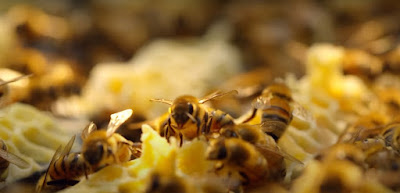
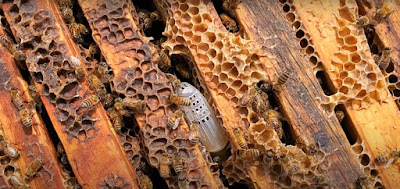
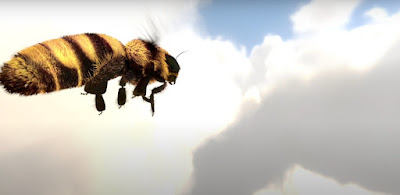

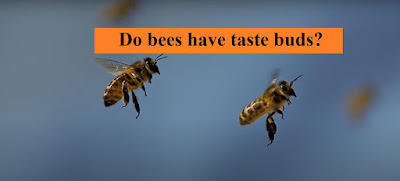
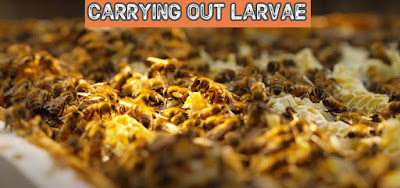

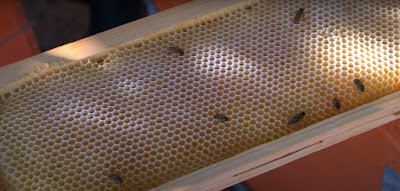


Comments
Post a Comment